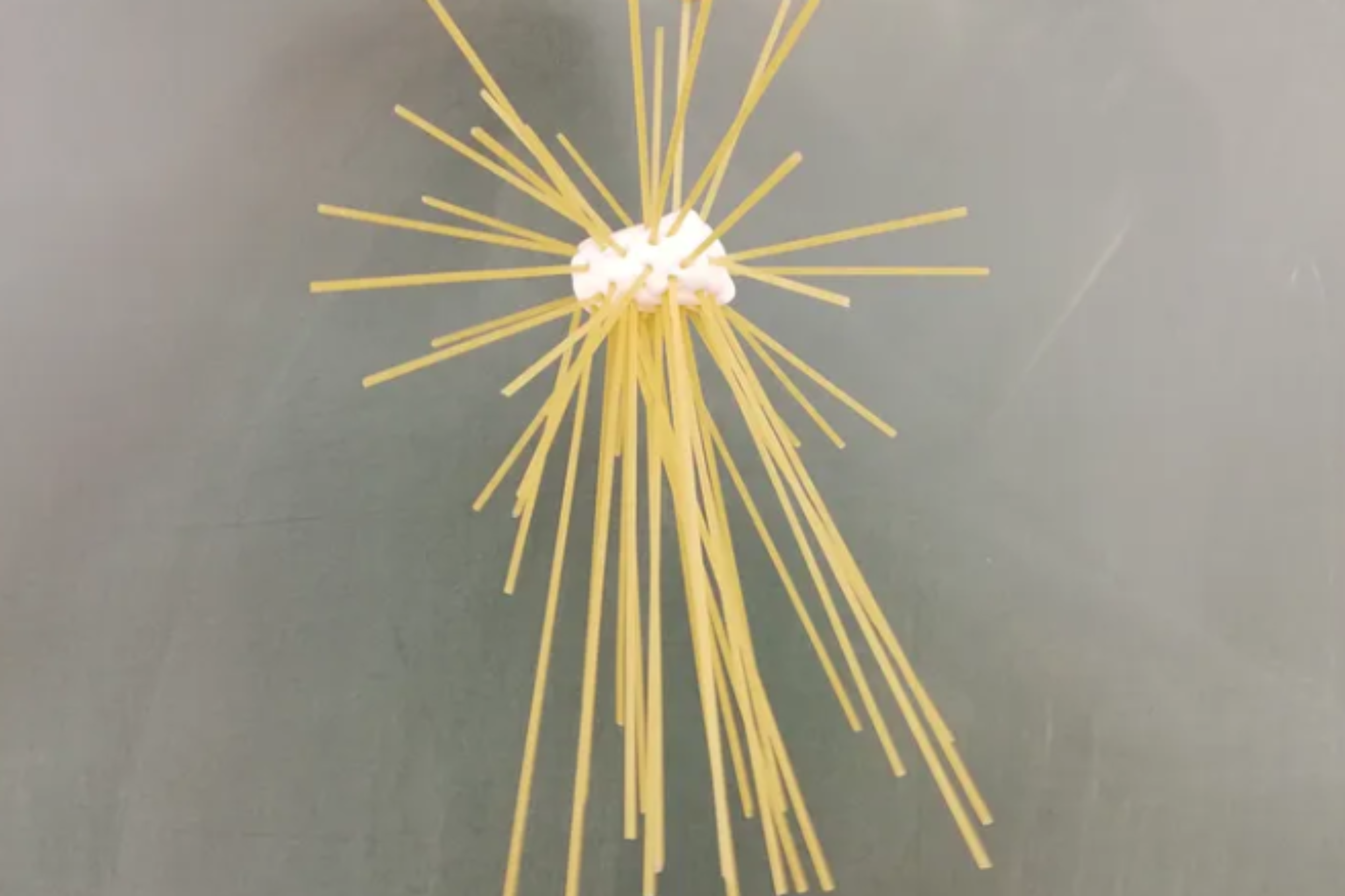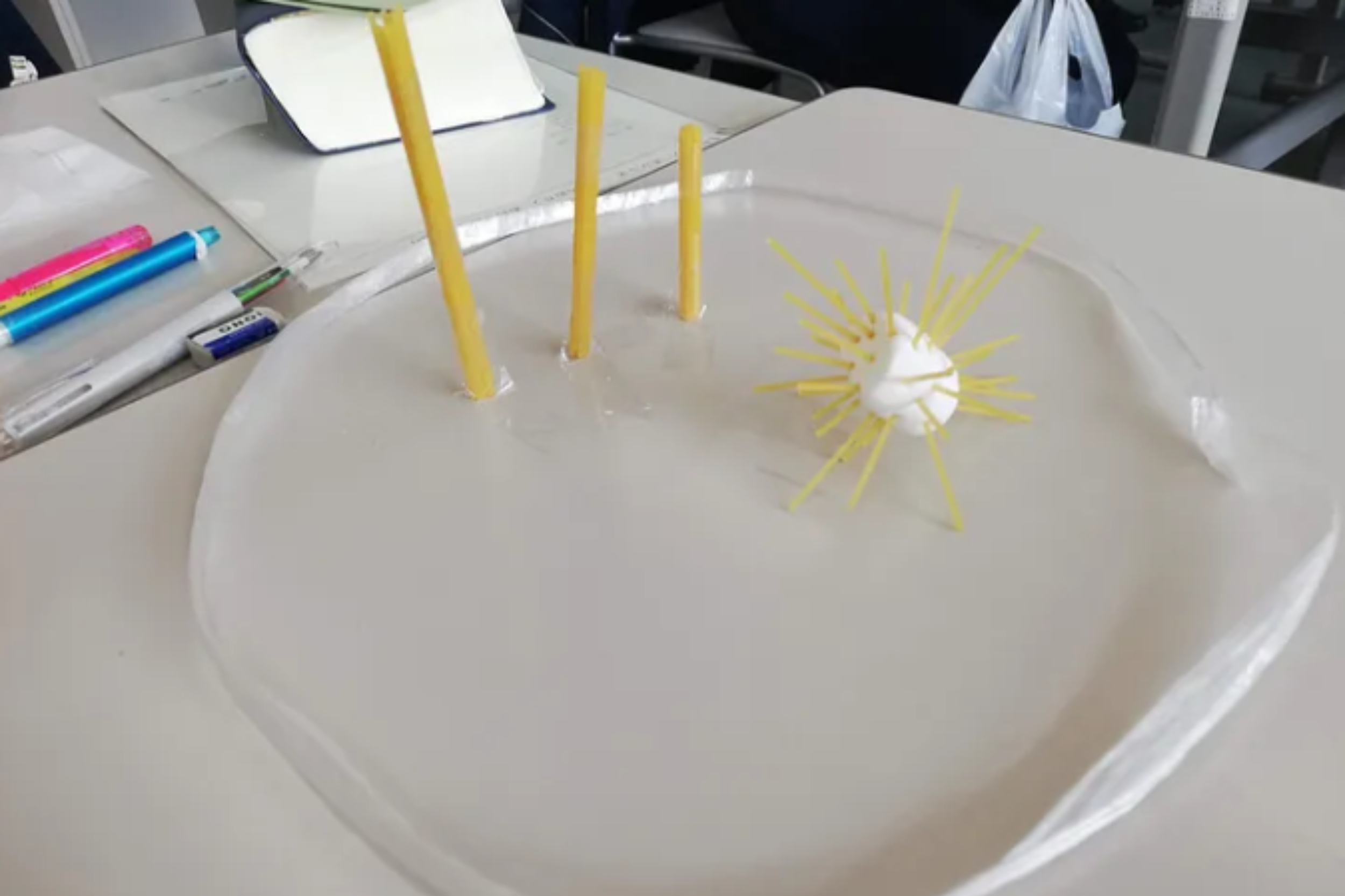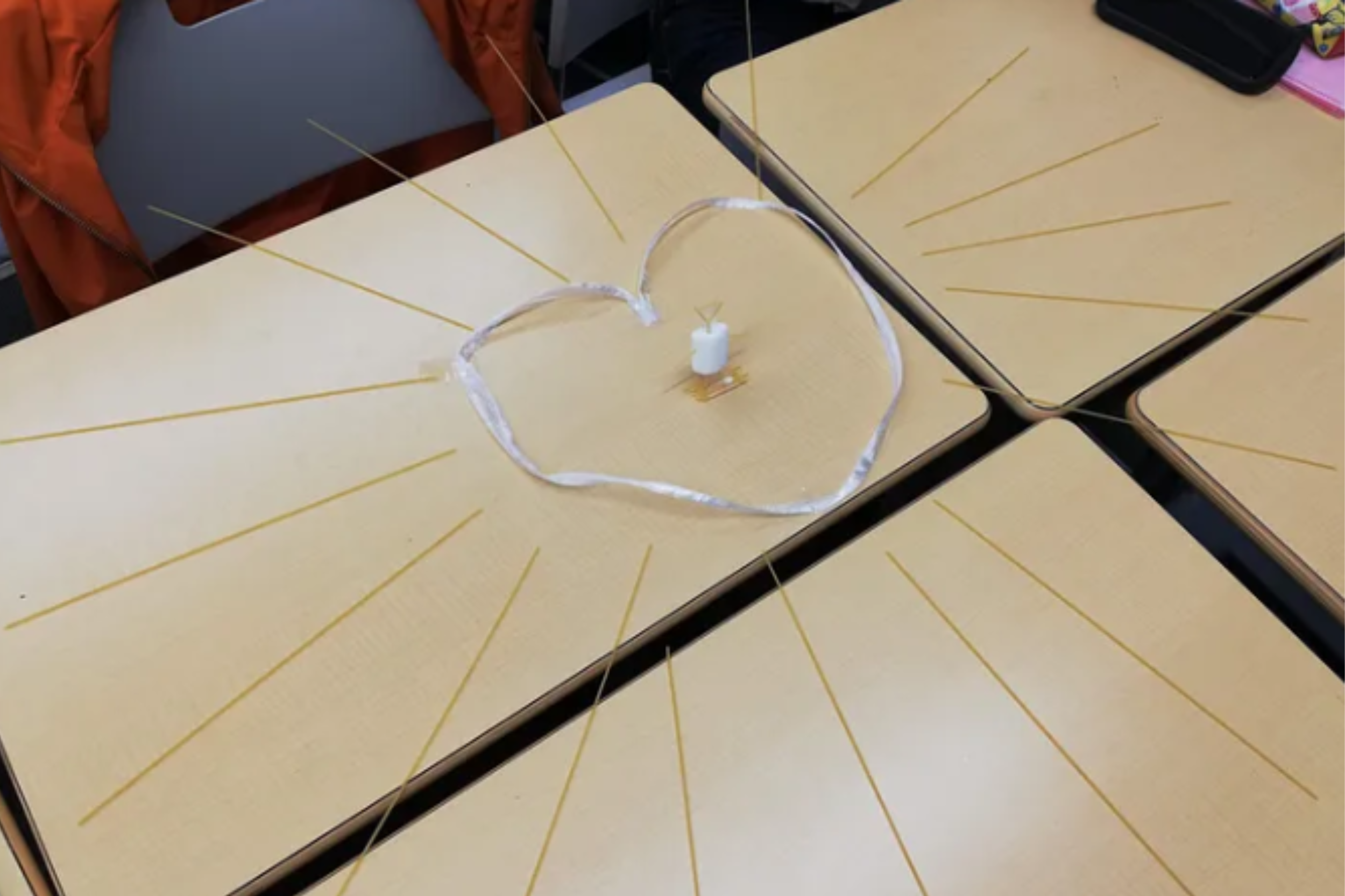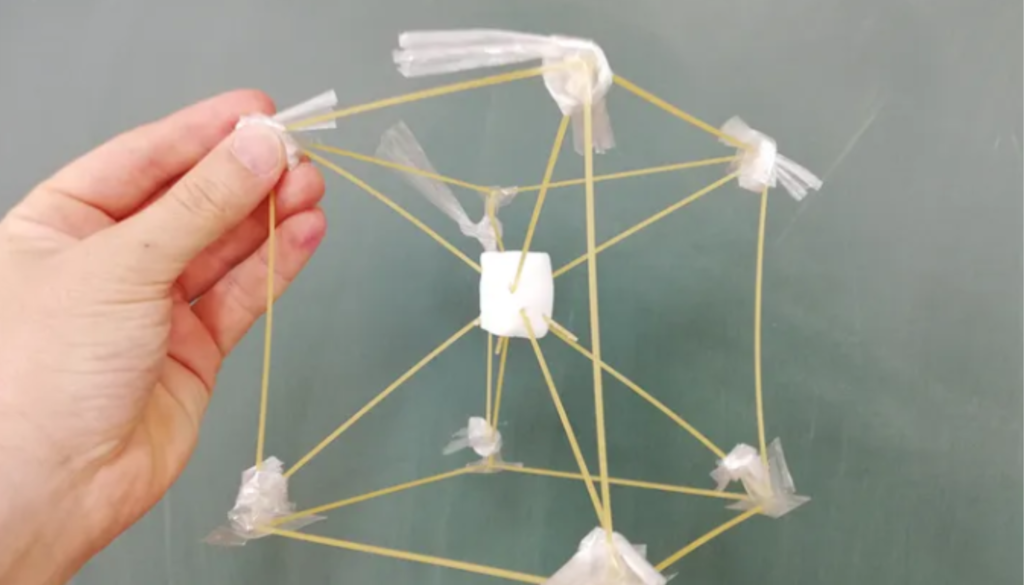Marshmallow Challenge 2.0: Teach Critical Thinking and Imagination
Picture this: spaghetti, marshmallows, tape, string, 18 minutes, and a room full of highly-focused people—sitting, standing, laughing, screaming. If you’re familiar with design thinking, you might recognize this as the famous Marshmallow Challenge, popularized by Tom Wujec’s 2010 TED Talk. The task is simple: teams of four or five must build the tallest free-standing structure using 20 sticks of spaghetti, one meter of tape, one meter of string, and a marshmallow on top. Though it sounds easy, it’s surprisingly difficult, requiring participants to collaborate and test various solutions.
Why is it called the Marshmallow Challenge, not the Spaghetti Challenge? The marshmallow, a seemingly light and insignificant object, actually symbolizes something much deeper. It represents the fragility of human judgment and assumptions. We often make snap decisions based on appearances, only to realize, too late, that we were wrong—both in business and in life. Physically, the marshmallow is heavier than you’d expect, and when placed atop a spaghetti tower, it’s the ultimate decider of whether the structure stands or falls.
Interestingly, kids tend to outperform adults in this challenge. It’s believed they take the marshmallow more seriously, while adults may dismiss it as insignificant. The challenge reminds us to identify and test our assumptions early on, as they can make or break a project.
When I first introduced this activity to my university class in 2015, I was immediately struck by its potential to sharpen both communication and higher-order thinking skills. I started tweaking the rules, and it dawned on me—what if students were asked to create not the tallest, but the most meaningful structure?
If you’re interested in trying this variation, the instructions are simple: instead of focusing on height, ask participants to build a meaningful structure based on their understanding of a concept or problem.
After some initial confusion, my students embraced the idea and created thoughtful masterpieces. Having run over sixty sessions since then, I’ve learned a few lessons to make this experience both insightful and memorable. Many students recall it vividly, even years later.
Lessons for Facilitators:
Lesson #1: Don’t rush the process. Meaningful structures require thoughtful discussion and the merging of multiple ideas. On average, my students take about 40 minutes to finish. Some teams may complete theirs in as little as 5 or 10 minutes, depending on the complexity of their concept. If that happens, I invite these “thought champions” to observe other teams, comparing different approaches to ideation. This time frame doesn’t include presentations or discussions.
Lesson #2: A meaningful Marshmallow Challenge works best when driven by a meaningful topic or experience. For example, I often assign an article on a controversial issue before the activity. To maximize in-class time, I recommend having students read the material outside of class. If you’re searching for debate-worthy topics, www.procon.org is a great resource.
Alternatively, you could build on personal experiences. Recently, I had students partner up for a 40-minute, distraction-free walk around campus, looking for a previously unnoticed issue that, if solved, could improve student life. They returned refreshed, with plenty of real-world problems to discuss. This task also unexpectedly served as a mindfulness exercise.
When creating their meaningful structures, I ask students to avoid jumping straight to solutions. Instead, I encourage them to prototype a thought by asking higher-order questions like, “Why hasn’t this problem been solved?” or “How do people feel when they encounter this issue?” This adds an element of empathy training.
Lesson #3: This one’s my favorite—let them know there are no real rules, except one: “Be noisy, talk a lot, but don’t hurt your teammates’ feelings.”
Lesson #4: Let them embrace their inner child and have fun. Kids instinctively understand that life is full of its own “marshmallows.”
Final Thoughts:
We often hear about the importance of “future skills”—the abilities that will set us, as humans, apart from intelligent machines. Some experts suggest that fostering the “4C Skills” (Critical Thinking, Creative Thinking, Communication, and Collaboration) in schools and workplaces is one way to do this. I’ve been contemplating whether activities like the Meaningful Marshmallow Challenge can help educators and learners nurture these skills.
As the saying goes, a picture is worth a thousand words. Below, I’ve included some images and notes from some of our recent Marshmallow Challenge 2.0 projects in Japan.

This structure is titled “ACCESS.” The students aimed to highlight the issue of on-campus transportation. On a sprawling campus like the University of Tsukuba, getting from one class in Zone A to another in Zone B within a tight 15-minute window can be both a blessing and a challenge. In their design, the marshmallow at the center represents a goal—whether it's learning, attendance, or something else—while the different lengths of spaghetti symbolize the varying distances students must travel to reach their classes on time. On a deeper, more philosophical level, these spaghetti strands could also represent the diverse challenges students face in their journey toward "higher education."

This structure is titled “Not-So-Smart Phones.” The students wanted to highlight the issue of obsessive smartphone use among younger adults in Japan. The three horizontal lines of spaghetti resemble an “internet network,” symbolizing the constant stream of excellent signals. The hedgehog-like object represents divided attention and constant distractions, with each spaghetti strand signifying these interruptions. At the center, the marshmallow stands for the instant gratification that comes from endless hours spent on YouTube and Instagram.



